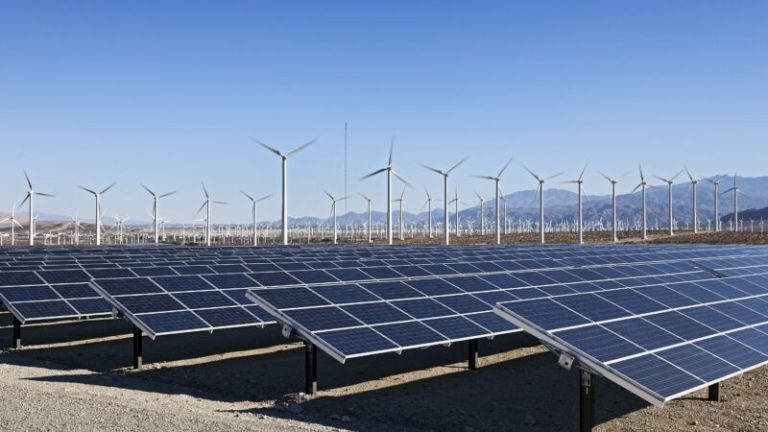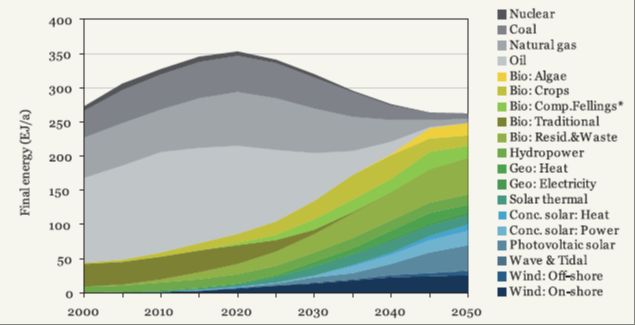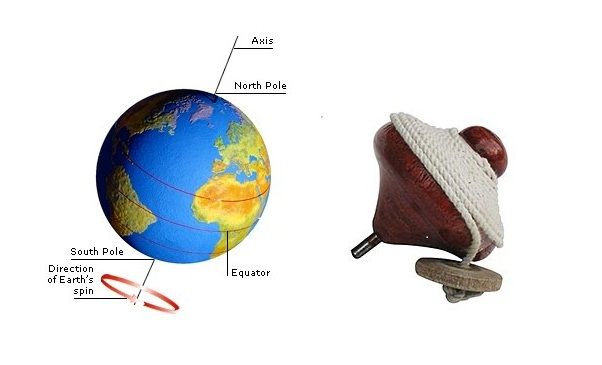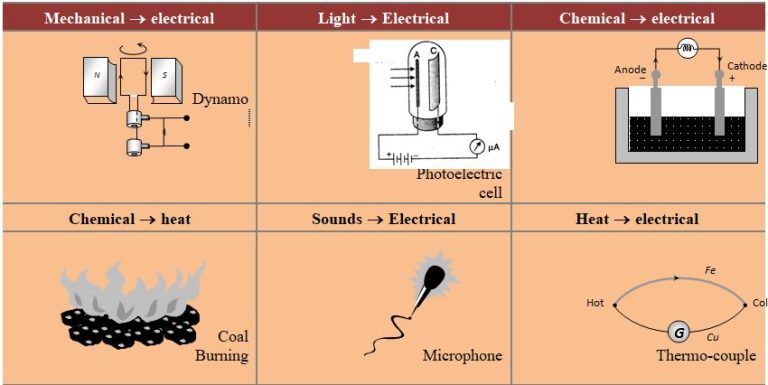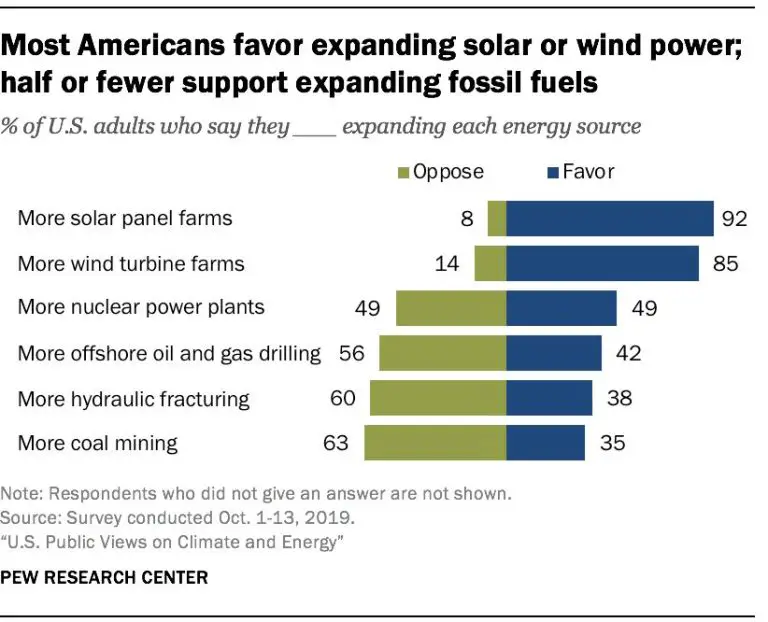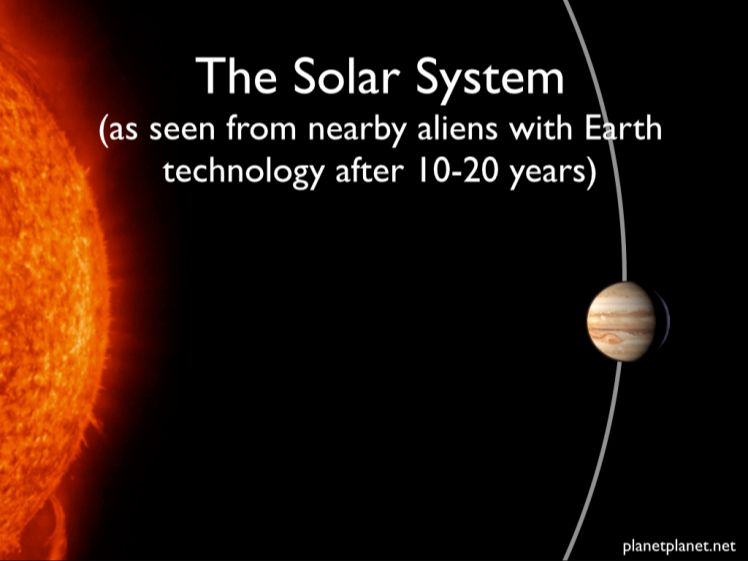How Long Can Renewable Energy Last?
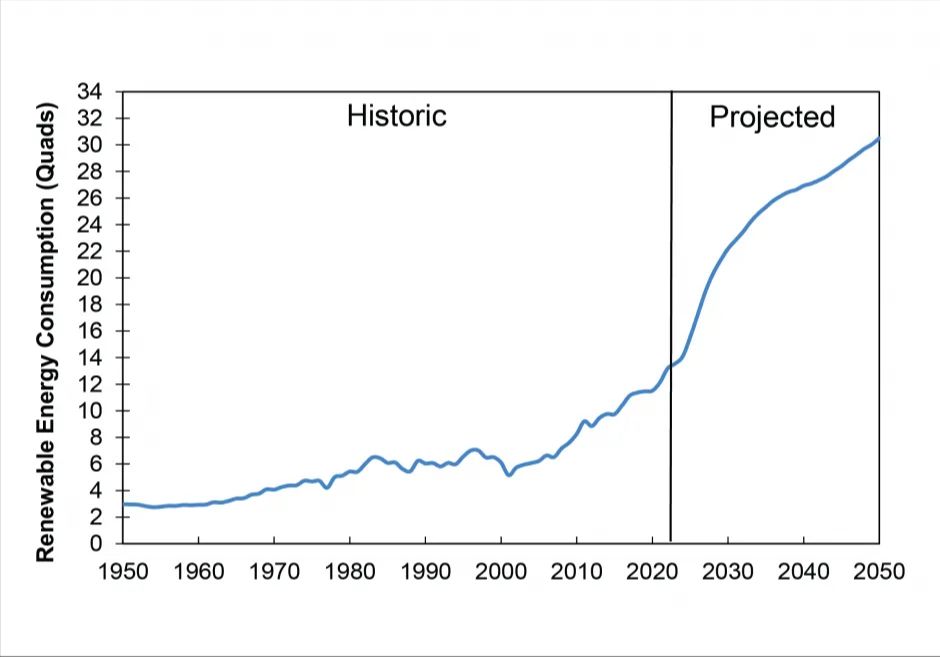
Renewable energy comes from natural sources or processes that are constantly replenished, such as sunlight, wind, water, plants and geothermal heat. Understanding how long renewable energy can last is crucial, as renewable energy provides clean power without the greenhouse gas emissions of fossil fuels that drive climate change. The main renewable energy sources are:
- Wind power
- Solar power (solar PV and solar thermal)
- Hydropower
- Geothermal energy
- Biomass and biofuels
Renewable energy already accounts for 26.2% of global electricity generation and its share is predicted to grow (IEA). Assessing the longevity of renewable resources can inform energy policy and planning for our energy future.
The Foreseeable Future of Renewable Energy
Unlike fossil fuels, which are finite resources that will eventually be depleted, renewable energy sources like solar, wind and hydropower are practically inexhaustible on human timescales. The amount of solar energy that hits the Earth’s surface in one hour is more than the entire world uses in a year (https://greenenergy360.com/en/renewable-energy/). There are no concerns that the sun will “run out” of energy for billions of years. Similarily, wind and water flow are constantly replenished through natural cycles.
While renewable generation capacity may be limited by physical constraints like geography and land area, the renewable resources themselves are virtually unlimited compared to human energy demands. For example, current estimates suggest wind energy could potentially supply more than 40 times total global energy needs (https://grist.org/climate-energy/measuring-renewable-energy-reserves/). As long as the sun keeps shining, winds keep blowing, and water keeps flowing, renewable energy will remain available.
In contrast, fossil fuel reserves are finite and face depletion. Oil, gas and coal reserves are only sufficient to last decades more at current rates of consumption. However, renewables can continue producing energy indefinitely into the future, as long as devices to harness them remain in operation.
Factors That Impact Renewable Lifespans
Population growth will be one of the biggest factors impacting renewable energy viability and lifespans in the future. As the global population continues rising, energy demand is projected to increase by 50% by 2050 according to experts (Vo, 2021). This means significantly more pressure on renewable sources like solar, wind, hydroelectric and biomass energy to meet the needs of a growing population. More people will require more housing, infrastructure and transportation – all of which consume energy. If renewable sources cannot expand quickly enough, it could lead to greater reliance on fossil fuels or nuclear power to fill the gap (HowStuffWorks, n.d.).
However, technological improvements could help extend the lifespan of renewables to keep up with population growth. More efficient solar panels, wind turbines, biofuel conversion processes and other innovations will allow renewables to produce more energy from the same amount of resources. Energy storage solutions can also help smooth out intermittency issues with solar and wind power as demand fluctuates. Moving forward, a combination of population control policies, scaling renewable energy capacity and leveraging tech advancements will all play a role in determining how long renewable lifespans can last (Wang et al., 2023).
Improving Renewable Energy Sustainability
There are several ways to improve the sustainability of renewable energy sources like solar, wind, hydroelectric and biomass:
For solar power, recycling old solar panels helps reuse materials like silicon, silver, and aluminum. Companies are developing technology to efficiently recycle solar panels at end of life. For example, Veolia runs solar panel recycling facilities to recover materials for reuse [1].
With wind turbines, refurbishing and reusing components can extend the lifespan of a turbine by 10-20 years. Parts like gearboxes, generators and blades can be repaired and reused on newer turbine models [2].
For hydroelectric dams, sediment management helps maintain reservoir capacity and efficiency. Techniques like flushing sediment and dredging buildup behind dams enhances sustainability [3].
With biomass and biofuels, utilizing waste materials helps improve lifecycle impacts. Using forestry residues, municipal solid waste, and agricultural byproducts reduces environmental footprint compared to dedicated crops [4].
Transitioning to 100% Renewable Energy
Shifting the world’s energy system to 100% renewable sources is an ambitious goal that faces feasibility and technical challenges. According to one study, a global renewable system is achievable but would require upscaling wind and solar power to be installed at 10-30 times the 2020 rate. Such a transition would also require massive investments in energy storage, transmission infrastructure, and efficiency improvements.
Rapidly increasing variable renewable generation from wind and solar creates grid integration and reliability issues. Backup power or storage is needed when renewable output is low. The study estimates several weeks’ worth of energy storage is needed to ensure continuity of supply during low renewable production periods.
Despite the challenges, some regions have made major progress on renewable energy adoption. For example, New York recently announced plans to procure 9,000 megawatts of offshore wind, 3,000 megawatts of energy storage, and 6,000 megawatts of solar energy by 2030. This would provide enough renewable power for 50% of New York’s electricity consumption. While fully renewable systems face hurdles, high renewable penetration levels are technically and economically achievable.
The Role of Nuclear Power
Nuclear power has emerged as an option to supplement renewable energy sources and reduce dependence on fossil fuels. However, the use of nuclear power remains controversial due to concerns about safety, radioactive waste, and costs.
On the pro side, nuclear reactors produce massive amounts of consistent power with very low carbon emissions. Nuclear energy has one of the lowest levels of greenhouse gases per unit of electricity generated compared to fossil fuels like coal or natural gas (Solar Reviews). Nuclear power plants also take up relatively little space for the amount of electricity they produce. In addition, the cost of uranium fuel is more stable compared to volatile fossil fuel prices.
However, there are significant cons associated with nuclear power. Firstly, while rare, nuclear accidents can be catastrophic. Meltdowns at Chernobyl and Fukushima highlighted the dangers posed by radiation leaks. Storing radioactive waste safely for thousands of years remains an unresolved issue. The high upfront costs of building nuclear plants are also prohibitive, with new projects prone to long construction delays and cost overruns (NSEnergyBusiness). Overall costs per unit energy produced tend to be higher for nuclear compared to renewables like solar or wind.
Experts continue to debate the risks and benefits of nuclear power. But most agree nuclear could play a limited role as a reliable energy source to complement intermittent renewables like wind and solar. Any major expansion of nuclear would likely require solutions for radioactive waste disposal and lower construction costs through next-generation, modular reactor designs.
The Need for Energy Storage
Energy storage is critical for enabling the widespread adoption of intermittent renewable energy sources like wind and solar power. Since the sun doesn’t always shine and the wind doesn’t always blow, energy storage provides a way to capture excess renewable energy when it’s available and discharge it when needed.
Lithium-ion batteries have become the dominant form of energy storage for renewables. Large-scale battery storage projects like the Tesla Powerpack and Hyundai’s Green Edge can store hundreds of megawatt-hours of renewable energy. Other promising battery technologies for long-duration energy storage include flow batteries and liquid air energy storage.
Beyond batteries, renewable energy can be stored as gravitational potential energy in pumped hydro storage dams. Compressed air energy storage is another mature storage method where compressed air is held in underground caverns. Flywheels and supercapacitors have also emerged as fast-responding storage options.
With many storage technologies available, the key is matching the appropriate method to the specific application and duration needed – from minutes to hours to days or longer. Widespread energy storage deployment is essential for transitioning to a 100% renewable energy system.
Promoting Renewable Energy Adoption
Governments can implement policies and incentives to encourage more renewable energy usage. Feed-in tariffs provide guaranteed pricing for supplying renewable power to the grid, which helps overcome cost barriers (Environmental Knowledge vs. Fear Appeals, 2016). Tax credits reduce expenses for renewable installations. Governments can also mandate renewable portfolio standards that require utilities to steadily incorporate more renewables into their energy mix.
Individuals can utilize more renewable energy by installing solar panels or switching to a renewable energy supplier if available in their area. Businesses have substantial opportunities as major energy consumers, from installing wind and solar farms to power operations, to purchasing renewable energy credits or virtual power purchase agreements to financially support renewable projects while still receiving traditional power. Improving energy efficiency also reduces overall consumption, enabling more potential renewable integration (Policies and Initiatives for Renewable Energy Adoption, n.d.).
The Outlook for Innovation
While existing renewable energy solutions like solar, wind, and hydropower continue to expand, emerging technologies could further supplement clean energy production in the future. Advanced biofuels made from agricultural waste and specially engineered crops like switchgrass offer possibilities to produce sustainable liquid fuels for transportation (Earth.com). Marine energy sources like tidal, wave, and ocean thermal energy could also be harnessed more effectively with new advances in materials and engineering.
Continued improvements in renewable energy storage and smart grid technology will enable higher penetration of variable sources like solar and wind. Energy storage solutions like pumped hydroelectric, compressed air, hydrogen fuel cells, and advanced batteries can store excess renewable energy when production exceeds demand (YourStory). This helps overcome intermittency issues and improves the lifespan and reliability of renewables. Meanwhile, floating offshore wind turbines, bladeless wind turbines, and solar panels with curved shapes or built-in solar tracking aim to boost efficiency and output.
Emerging modular nuclear reactor designs, fusion energy, and other advanced nuclear technologies could provide constant, emissions-free baseload power to complement renewables. With sustained R&D and investment in innovation, the future prospects for renewable energy remain bright.
Conclusion
In summary, while renewable energy sources like wind and solar may seem endless, their lifespan is impacted by material degradation and limitations in efficiency. However, with proper maintenance, recycling, and technological improvements, renewables can realistically supply a large portion of the world’s energy needs for the foreseeable future.
The outlook for renewable energy is promising, with many experts predicting that 80-100% renewable energy systems are achievable by 2050 with the right policies and investments in place. Key factors will be continuing to improve energy storage capabilities, updating infrastructure to support renewable expansion, and promoting further adoption of renewable energy worldwide. With diligent management of resources and sustained innovation, renewable energy can provide humanity with a clean, sustainable energy supply for generations to come.

